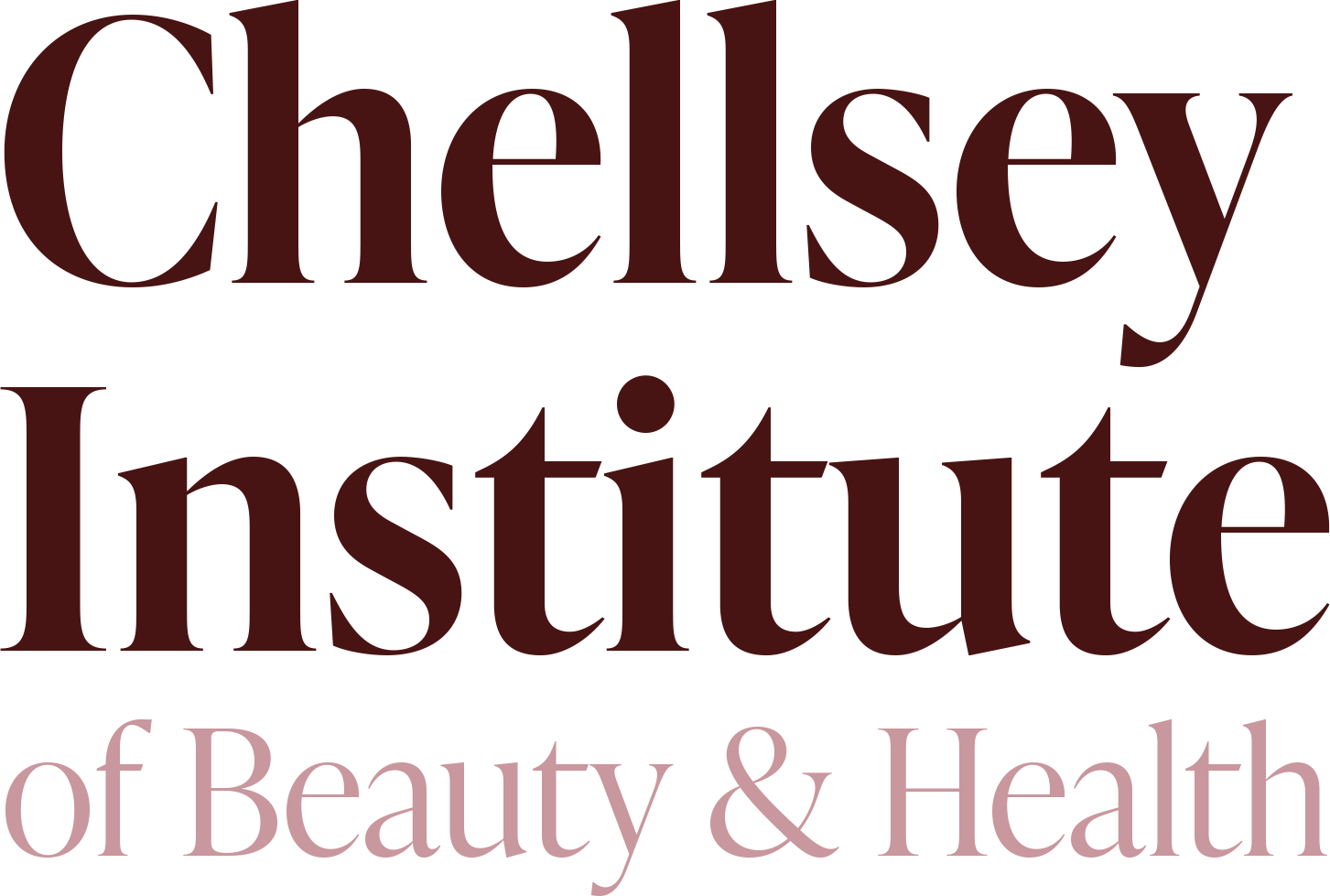Facial anatomy basics every new injector should know
For any aspiring aesthetic injector, mastering facial anatomy is non-negotiable. Understanding the structure of the face isn't just about precision—it’s about safety, natural-looking results, and building trust with clients. Whether you’re working with dermal fillers, neuromodulators like Botox, PRP, a strong foundation in facial anatomy sets the stage for success.
Here are the essential facial anatomy concepts every new injector must know:
1. Layers of the face
The face is composed of several key layers, from the outside in:
● Skin
● Subcutaneous fat
● Superficial Musculoaponeurotic System (SMAS)
● Muscles
● Deep fat compartments
● Bone structure
Knowing the depth of each layer is critical. For example, Botox is injected into the muscle, while dermal fillers are typically placed in deeper fat compartments or even supraperiosteal (just above the bone) for structural support.
2. Facial arteries & danger zones
Certain areas of the face carry a higher risk of complications due to proximity to major arteries and nerves. New injectors must study:
● Facial artery (alongside the nasolabial fold)
● Supratrochlear and supraorbital arteries (forehead and glabella)
● Angular artery (around the nose and eyes)
● Infraorbital and mental arteries
Injecting into or compressing these vessels can cause serious issues, including vascular occlusion, skin necrosis, or even vision loss. Proper injection depth, slow technique, and aspiration (checking for blood) help mitigate risk.
3. Muscles of facial expression
Botox and other neuromodulators work by relaxing overactive facial muscles. Key muscles to study include:
● Frontalis – lifts the eyebrows (forehead lines)
● Glabellar complex – causes frown lines between brows
● Orbicularis oculi – causes crow’s feet
● Masseter – used in jaw slimming and bruxism treatment
Understanding muscle function and origin/insertion points allows for tailored, effective results.
4. Facial aesthetic landmarks
To achieve natural symmetry and beauty, injectors must respect aesthetic proportions:
● “Rule of Thirds” – the face is divided into equal vertical thirds
● Golden Ratio – facial balance and harmony
● Midface volume loss – a common aging concern addressed with fillers
🎓 Start with strong training
At Chellsey Institute of Beauty & Health, our advanced injector courses include in-depth facial anatomy education, hands-on practice, and clinical safety protocols.
👉 Explore our injectable training programs
Your precision starts with knowledge. Learn the face before you treat it.

